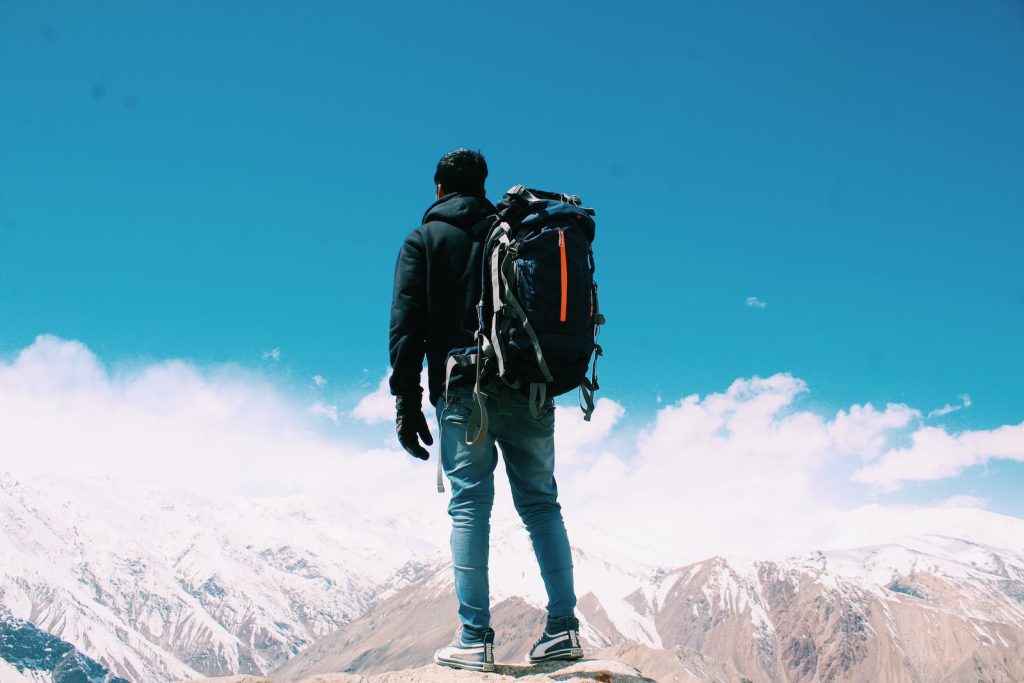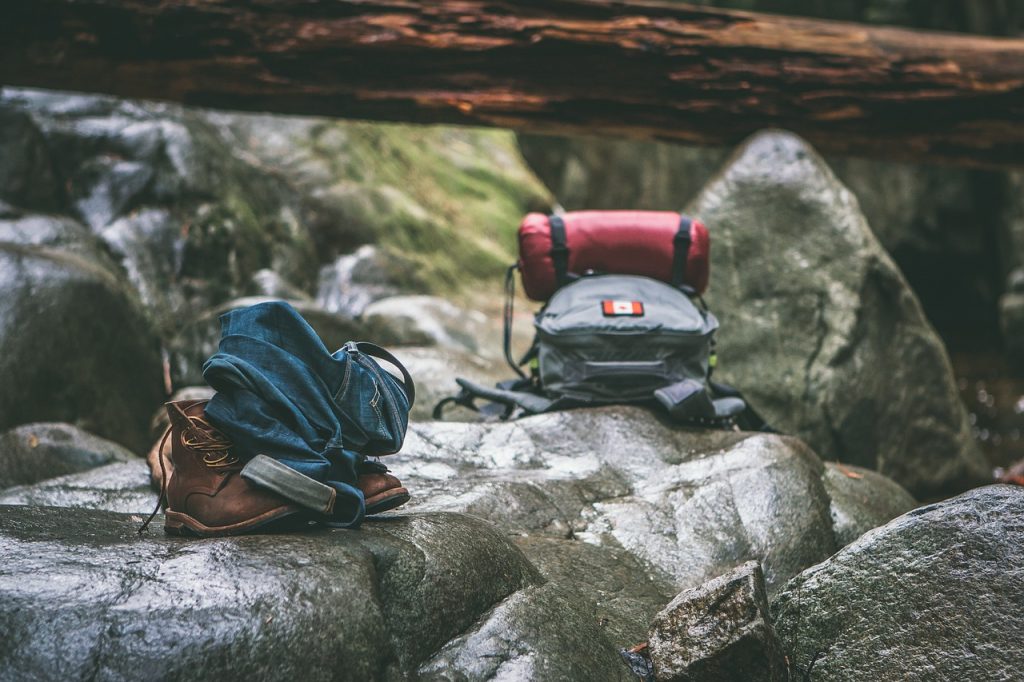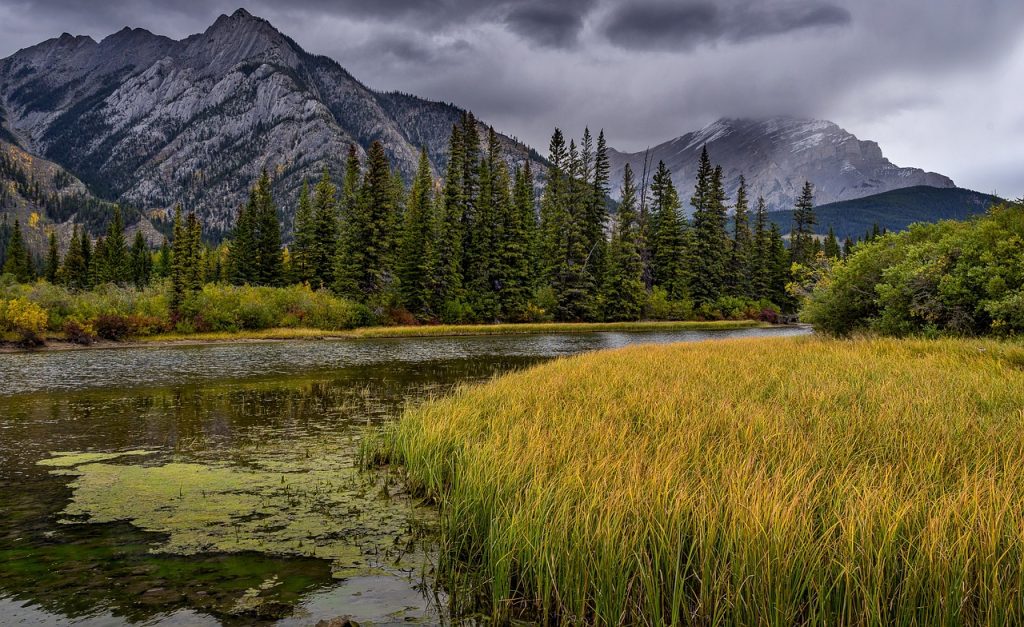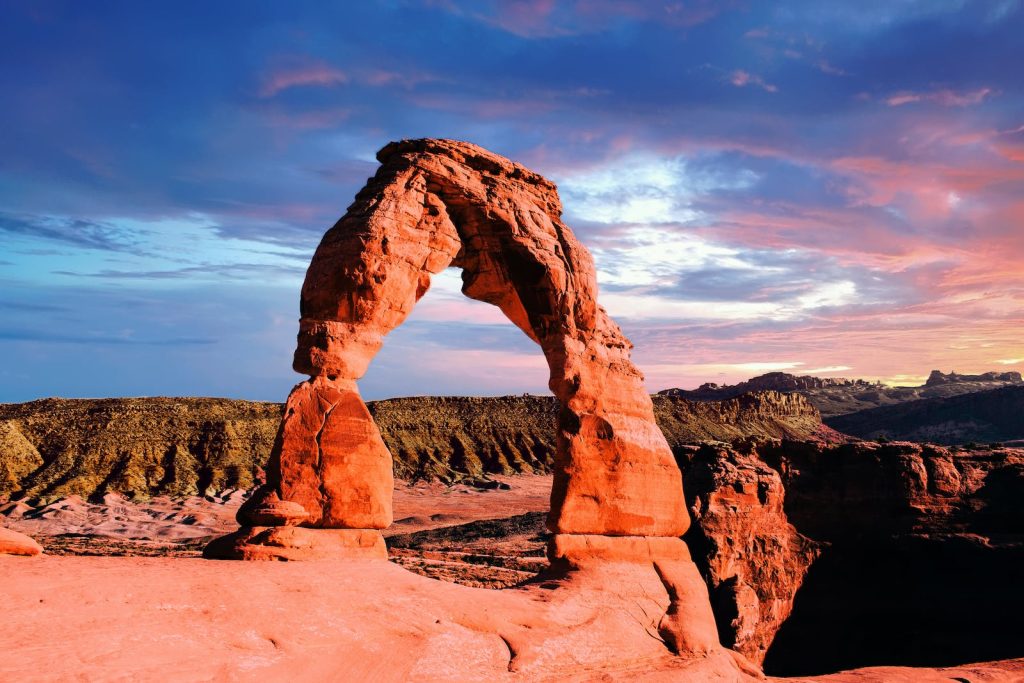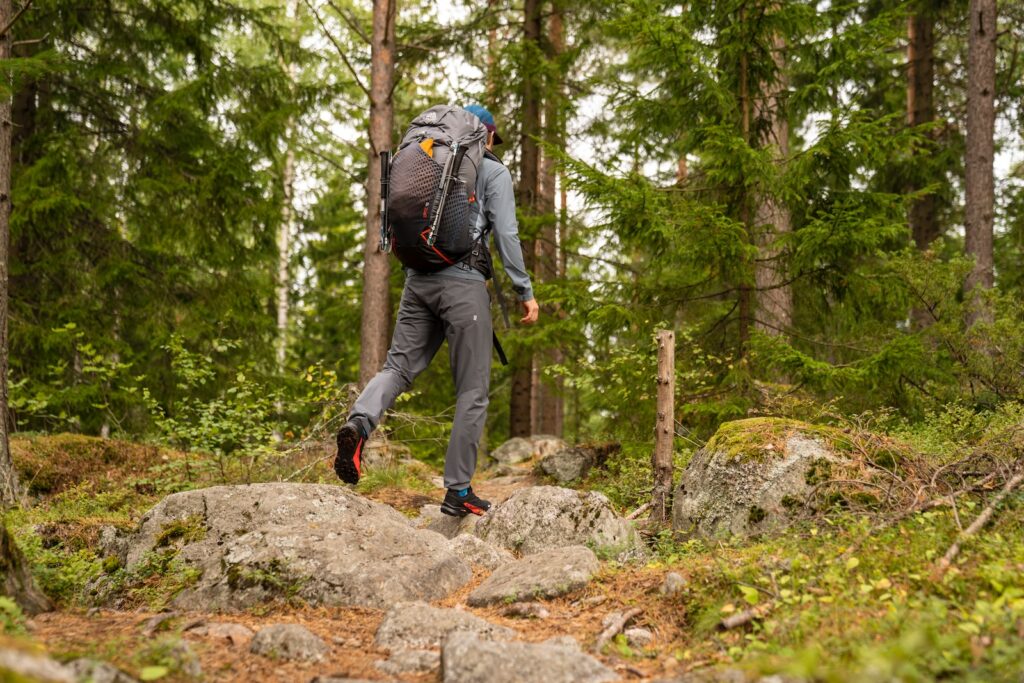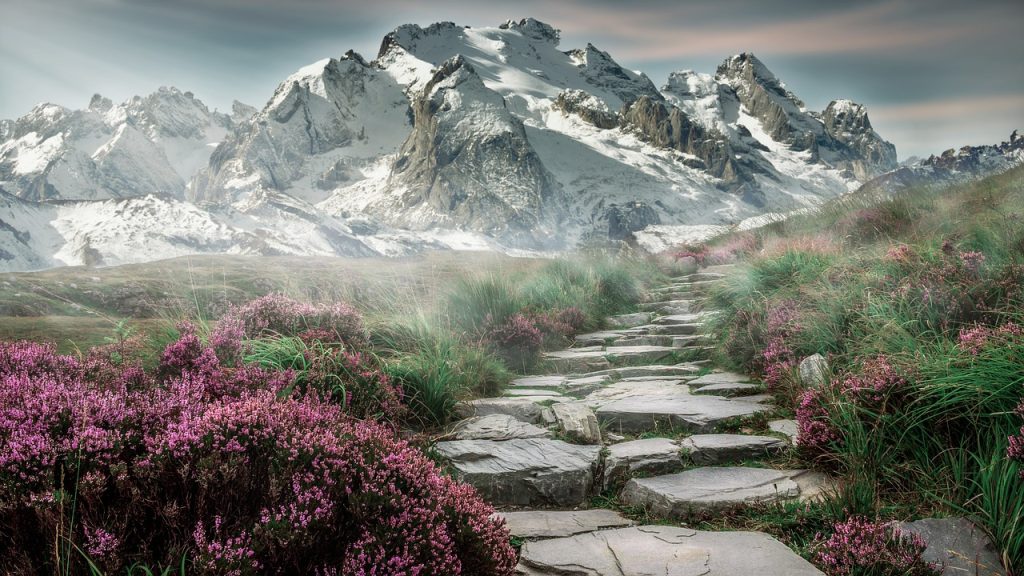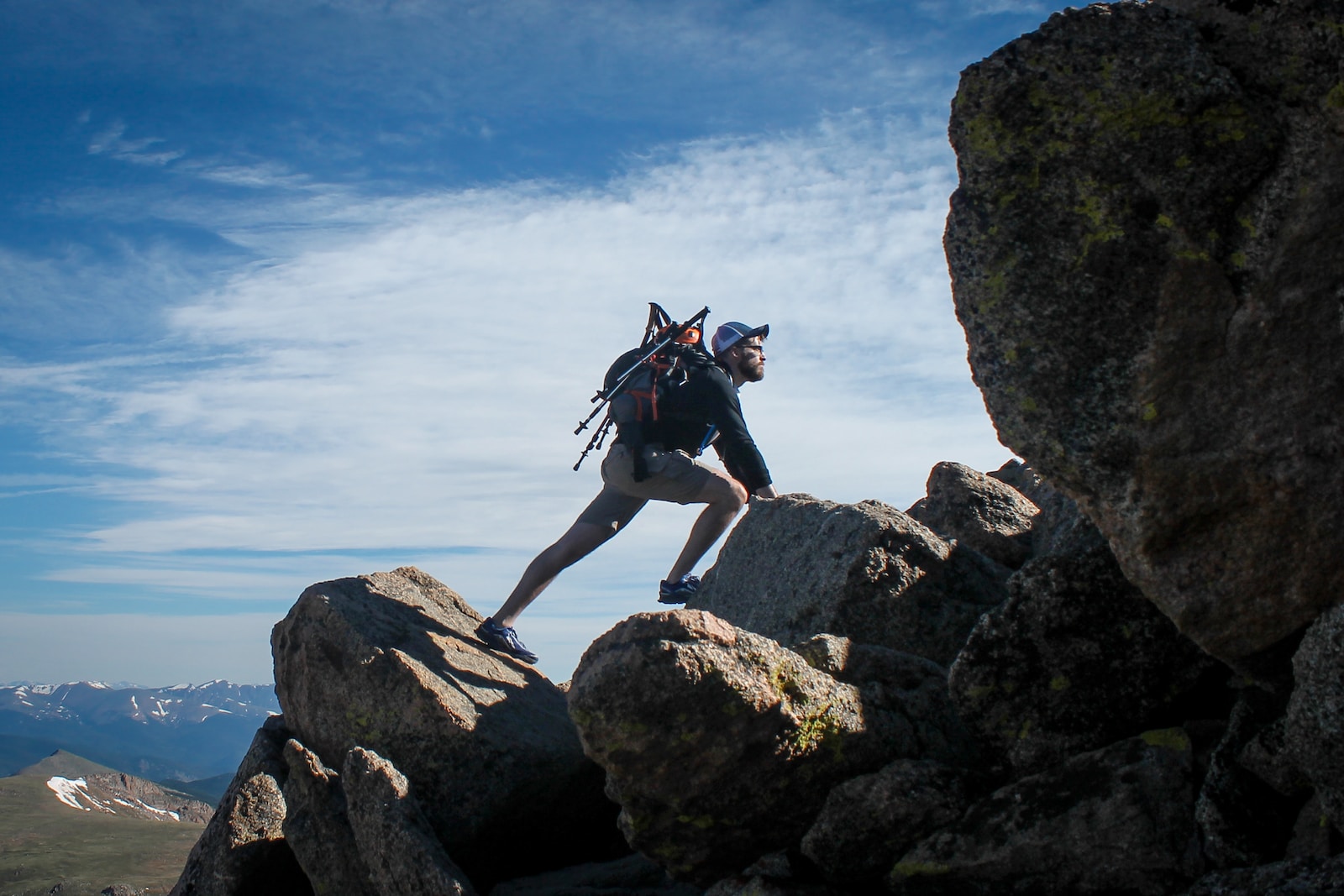

How to Choose the Right Hiking Gear? A Comprehensive Guide!
Are you ready to embark on epic adventures and explore the great outdoors? There’s no better way to reconnect with nature than through hiking – a thrilling activity that nourishes both body and soul. But before you hit the trails, it’s crucial to equip yourself with the right gear. From sturdy boots to reliable backpacks, choosing the perfect hiking gear can be an overwhelming task.
But fear not! In this comprehensive guide, we will take you on a journey through the must-have essentials for any hiker, ensuring your next trek is filled with comfort, safety, and pure joy. So grab your compass and join us as we navigate through the maze of outdoor equipment – because nothing should stand in your way of conquering mountains and achieving unforgettable memories!
Introduction to Hiking Gear
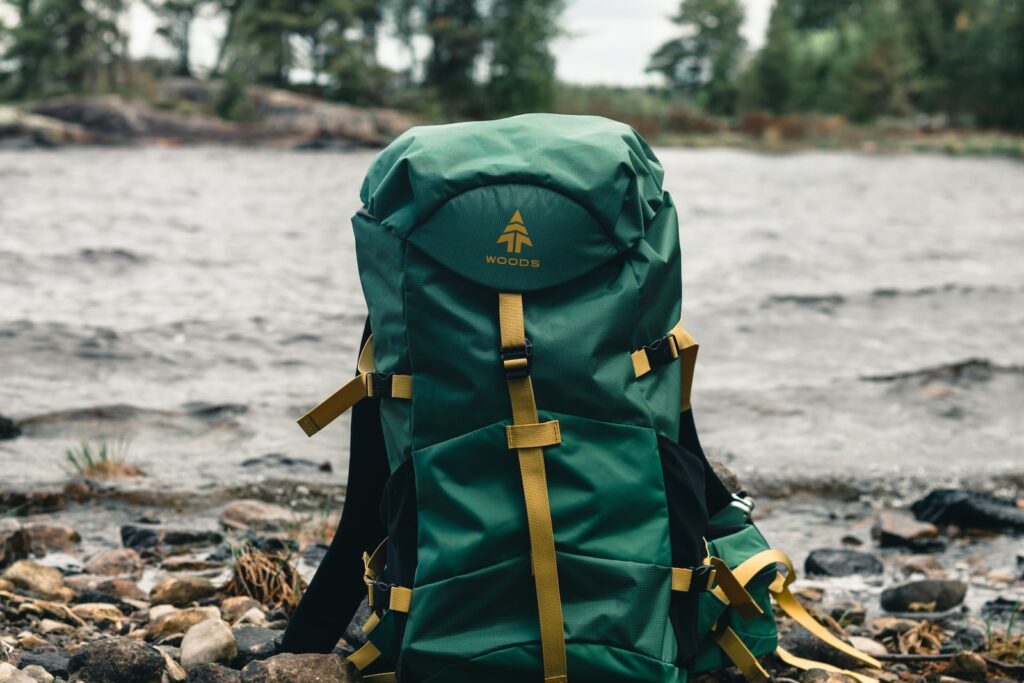
Hiking is a great way to get outdoors and enjoy the fresh air, but it’s important to be prepared with the right gear. This guide will help you choose the right hiking gear for your next adventure.
There are a few things to consider when choosing hiking gear, including the type of terrain you’ll be hiking on, the weather conditions, and your personal preferences. First, let’s look at some of the essential items you’ll need for any hike.
A good pair of hiking boots is essential for any hiker. They should be comfortable and provide good support for your ankles. If you’re hiking in wet or icy conditions, you may also want to invest in a pair of waterproof boots.
You’ll also need a backpack to carry all your gear. Choose one that’s comfortable to wear and has enough space for everything you need. If you’re planning on doing any backpacking, you’ll need a larger pack with extra straps and pockets.
Some other helpful items to bring along on your hike include: a map of the area; a compass; sunglasses; sunscreen; insect repellent; water and snacks; a first-aid kit; and a flashlight. Now that we’ve looked at some of the essentials, let’s explore some optional gear that can make your hike more enjoyable.
Different Types of Hiking Gear
There is a lot of different hiking gear out there, and it can be tough to know what you need.
Here are some basics to help you get started:
Hiking boots are one of the most important pieces of gear. They should be comfortable and offer good support. If you’ll be hiking in terrain that is rocky or has a lot of roots and other obstacles, you may want a boot with more ankle support. Waterproof boots are a good choice if you’ll be hiking in wet conditions.
Hiking socks are another important item. They should wick away moisture to keep your feet dry and comfortable. Merino wool socks are a good choice because they’re lightweight, breathable, and insulating.
A daypack is essential for carrying all your gear on a hike. It should be comfortable to wear, with straps that distribute the weight evenly. Make sure it’s big enough to carry everything you need, but not so big that it’s cumbersome to carry.
A first-aid kit is crucial for any hike, even if you’re just going on a short day hike. Be sure to pack items like bandages, antibiotic ointment, pain relievers, and sting relief wipes or gel in case of injury or insect bites.
Components of Essential Hiking Gear
There are many different items that can be considered essential hiking gear, and the specific items you need will depend on the type of hike you’re embarking on. However, there are some items that are essential for any hike, regardless of its length or difficulty.
Here are some of the most important pieces of essential hiking gear:
1] A good pair of hiking boots is one of the most important pieces of gear for any hiker. Boots should be comfortable, waterproof, and provide good traction on all types of terrain.
2] Another essential piece of gear is a quality backpack. This will be your main storage container for all your gear, so make sure it’s comfortable to carry and has enough space to accommodate everything you need.
3] Clothing is also important, and you’ll need to dress in layers to be prepared for any weather conditions. Be sure to bring a hat, gloves, and a jacket or raincoat as well.
4] Don’t forget about your safety! Bring a first aid kit, a flashlight, and a whistle in case you get lost or injured on your hike.
5] Don’t forget the basics like food, water, and map! Depending on the length and difficulty of your hike, you may need to pack more or less food and water but these items are essential for all hikes.
Tips and Tricks for Choosing the Right Hiking Gear
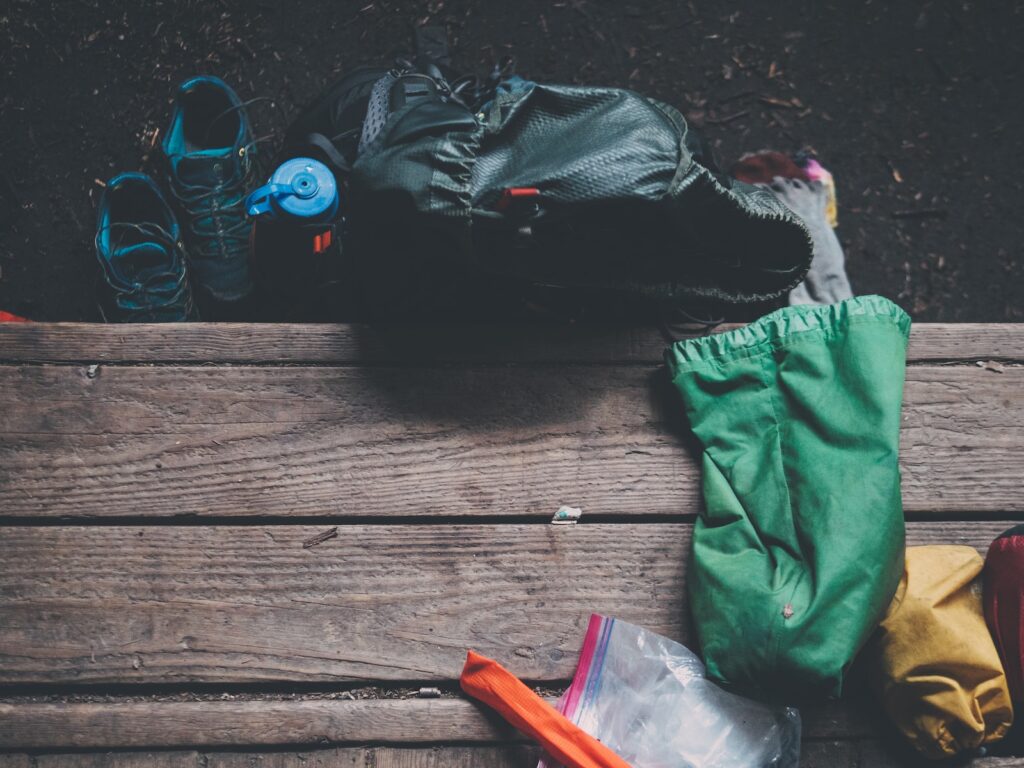
There are a few things to consider when choosing hiking gear. First, consider the climate and terrain you’ll be hiking in. This will help you choose the right clothing and footwear. Second, think about what you’ll need to carry with you on your hike. You’ll need to pack food, water, and any other supplies you might need. Consider your budget. There are a lot of great hiking gear options out there, but not all of them are affordable.
When it comes to clothing, layering is key. You’ll want to wear clothing that wicks away sweat and keeps you warm in cooler weather. In warmer weather, light-colored clothing will help keep you cool. Be sure to pack extras in case of bad weather or emergencies.
Footwear is also important. Choose shoes or boots that are comfortable and fit well. They should also provide good traction for the terrain you’ll be hiking in. If you’re carrying a lot of weight, consider getting a pair of trekking poles to help take some of the strain off of your legs and back.
As far as supplies go, pack enough food and water for your entire hike, plus some extra in case of emergencies. You should also bring a first-aid kit, a flashlight, and a map (if you’re hiking in an unfamiliar area). If you’re going to be camping overnight, don’t forget to pack a tent and sleeping bag!
Safety Considerations when Choosing Hiking Gear
When choosing hiking gear, safety should be your top priority. Make sure to select items that are designed for the type of hiking you’ll be doing, and that are appropriate for the conditions you’ll be facing. In general, lighter and more compact gear is better for shorter hikes, while heavier and more durable gear is better for longer hikes.
Some of the most important safety considerations include:
- The right shoes: Shoes are perhaps the most important piece of gear for hikers. Make sure to choose a pair that’s comfortable and supportive, with good traction. Depending on the terrain you’ll be hike in will determine how much ankle support you need.
- A properly fitting backpack: A backpack that’s too big or too small can be uncomfortable and even dangerous. Be sure to try on different packs before purchasing one, and adjust the straps so it fits snugly against your body.
- The right sleeping bag: Choose a sleeping bag that’s appropriate for the season and temperature range you’ll be hiking in. Anything too warm will make you sweat at night, while anything too cold could put you at risk for hypothermia.
- Proper clothing: Clothing is another key factor in staying safe while hiking. Layering is always a good idea, as it allows you to adjust your level of warmth as conditions change. Avoid cotton fabrics, which can hold moisture and lead to Hypothermia .
Common Mistakes when Choosing Hiking Gear
When choosing hiking gear, it is important to avoid common mistakes that can lead to discomfort or even danger on the trail.
Here are some of the most common mistakes to avoid when choosing hiking gear:
1] Wearing the wrong shoes: Choosing the wrong type of shoe for the terrain and conditions you’ll be hiking in can lead to blisters, twisted ankles, and other injuries. Be sure to choose a shoe that is appropriate for the terrain you’ll be hiking on and that has good traction.
2] Not dressing in layers: Dressing in layers is important for regulating body temperature on the trail. Wearing too many or too few layers can lead to overheating or hypothermia. Be sure to dress in layers that can be easily removed or added as needed.
3] Carrying too much or too little food and water: It’s important to carry enough food and water to stay hydrated and fueled up on the trail, but carrying too much can be cumbersome and difficult. Conversely, carrying too little can lead to bonking or dehydration. Be sure to pack enough snacks and water for your hike, but don’t overdo it.
4] Not packing essential items: Every hiker should carry a few essential items on the trail, including a map, compass, first-aid kit, etc. Not packing these items could mean getting lost or being unprepared in an emergency situation. Be sure to check what items are essential for your hike before you leave.
Conclusion
We hope this comprehensive guide on how to choose the right hiking gear was useful for you. When it comes to choosing the perfect pieces of equipment, there’s no one-size-fits-all answer – take your time and select items that meet both your needs and budget. With the right knowledge and preparation, you can be sure to have a safe and enjoyable hiking experience!
